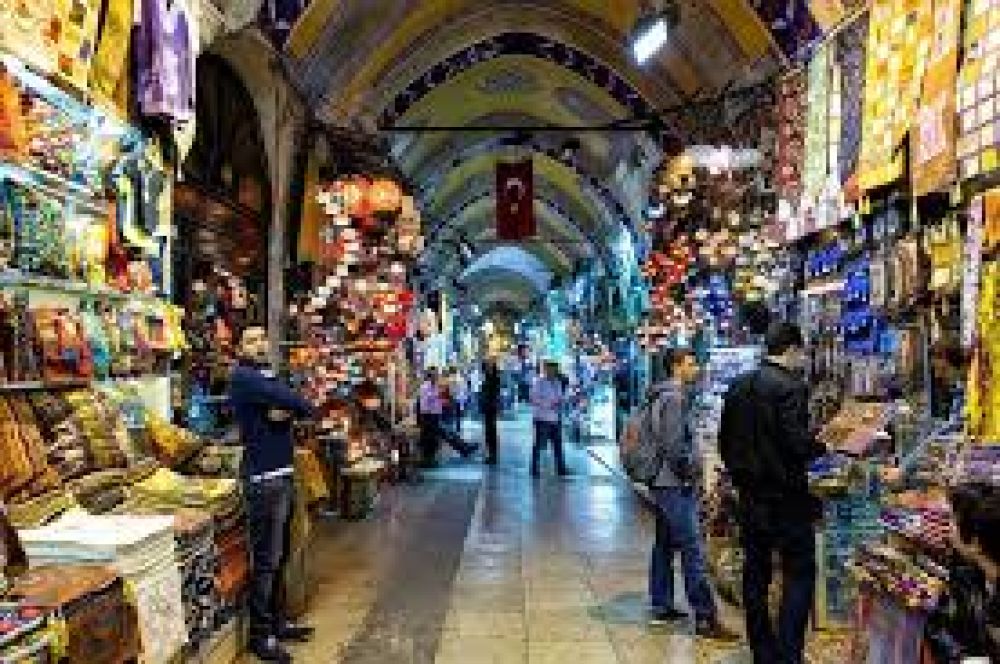

The Grand Bazaar, known as Kapalıçarşı in Turkish, which means ‘Covered Market’, is one of the largest and oldest covered markets in the world. Its history begins not long after the Ottoman conquest of Constantinople in 1453, under the rule of Sultan Mehmed II. The original purpose of the Bazaar was to generate revenue for the Hagia Sophia Mosque's upkeep. Over the centuries, it expanded from a small goods warehouse with a collection of shops to a vibrant hub of commerce and social interaction.
During the 16th and 17th centuries, the Grand Bazaar attracted visitors and traders from across the globe. It was the center of Mediterranean trade, bolstered by the strategic geopolitical position of Istanbul. Goods from all over the world, such as spices, silk, pottery, and jewelry, could be found within its walls. The Bazaar underwent numerous restorations after suffering damage from fires and earthquakes, growing each time with more inns and shops added to its complex labyrinth of streets.
The nature of tourism at the Grand Bazaar has evolved from its early days of serving the trading needs of the empire to becoming a must-visit destination for international tourists. In the 19th century, as travel for pleasure became more popular among the European elite, Istanbul and its Bazaar began to appear on the "Grand Tour" itineraries of the cultured and the curious.
After the establishment of the Turkish Republic in 1923, the relevance of the Grand Bazaar as a commercial center started to wane. However, the mid-20th century witnessed a shift with the increase in global travel, and the Grand Bazaar re-emerged as a significant cultural and tourist attraction. Its captivating history, the maze of vibrant alleys, and the rich variety of items for sale started to draw the attention of not just conventional tourists, but also history enthusiasts, researchers, and collectors.
In recent years, tourism trends show that visitors are looking for authentic experiences, and the Grand Bazaar perfectly fits this pursuit. Engaging with local artisans, witnessing traditional crafts, and the opportunity to haggle for goods give tourists a genuine taste of Turkish life. Meanwhile, initiatives to preserve and restore parts of the Bazaar cater to the growing interest in cultural heritage and sustainable tourism practices.
Today, the Grand Bazaar hosts millions of visitors annually. It remains an iconic symbol of Istanbul’s historic identity. Modern-day tourists are not only interested in shopping but also in capturing the essence of its history through guided tours that detail the evolution of trade, architecture, and urban development within the Bazaar.
The advent of digital media has introduced a new dimension to the Bazaar's tourism. Content creators showcase the bustling aisles and hidden gems of the Bazaar to their followers, and as a result, a younger and more diverse group of tourists are drawn to its charm.
Despite challenges such as globalization and the need for modernization, the Grand Bazaar continues to captivate with its blend of history, commerce, and culture. The magic of the Bazaar lies not just in its commodities but in its ability to transport visitors through time—a marketplace that's both an echo of the past and a vibrant part of Istanbul’s contemporary tapestry.